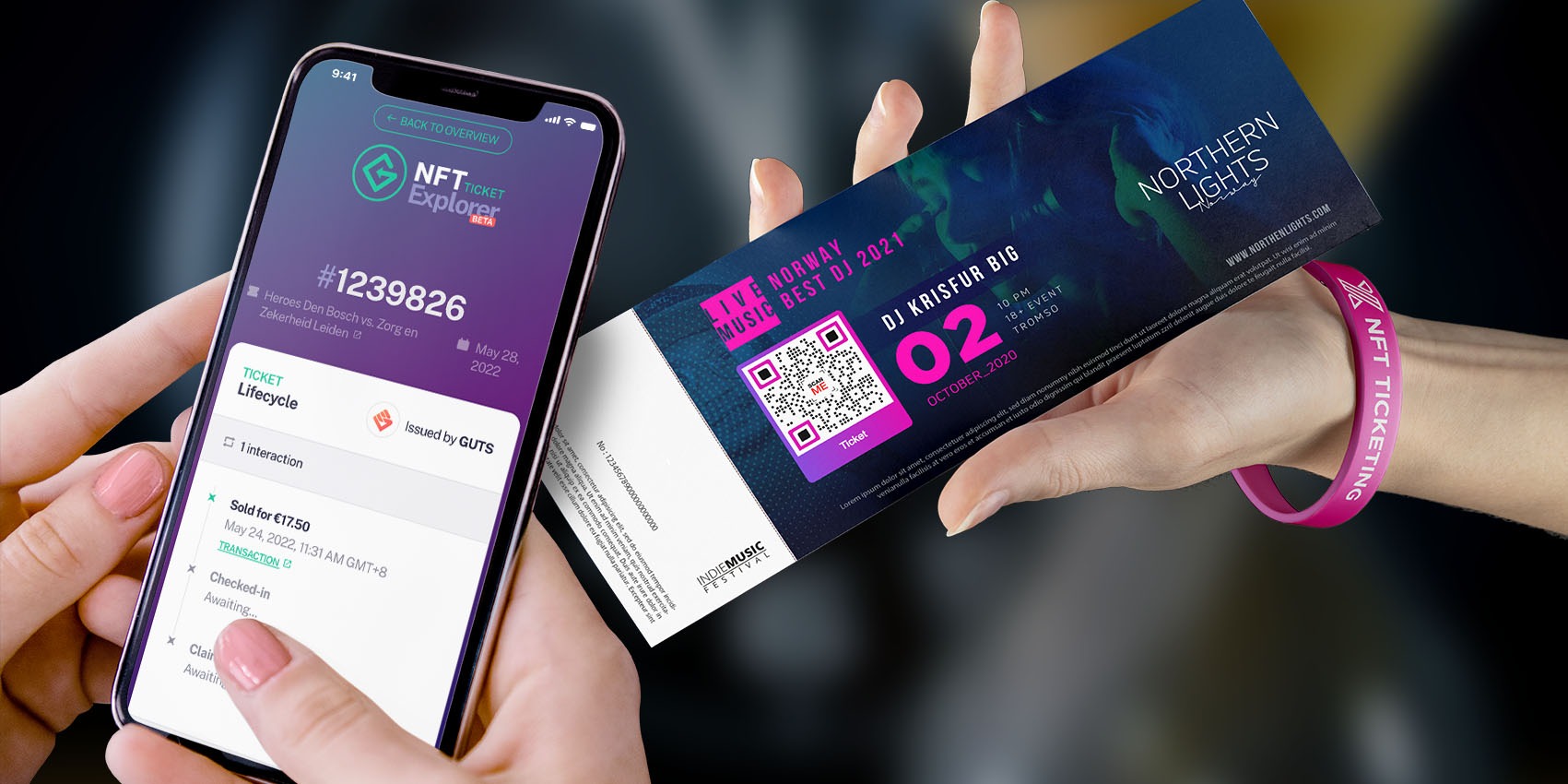Why Do Artists Need A Professional Electronic Press Kit?
An Electronic Press Kit – or EPK – is the modern version of barraging promoters, DJs and venues with your promotional package. Simply put, it showcases what you, as an artist, are all about. Think of your press kit as if it was the CV you’re preparing for that dream job, so make sure your EPK is as rad as it can be before hitting that send button.
The Basics
Establishing a memorable first impression is key when it comes to approaching industry people that could potentially set your career on an upward trajectory. When creating your electronic press kit, it’s important to keep in mind how it’s going to be assessed by the people on the other side of the screen, whether the press kit is a genuine representation of what you’re all about, and whether it’s going to make enough of an impact that it influences that industry decision-maker to choose you over similar acts.
What should I include in an Electronic press kit?
Industry standards are referred to as “standards” for a reason: they’re tried and tested practices that have stood the test of time. After all, the idea behind an electronic press kit is to create a one-pager that a promoter or booker can look at and instantly get a feel of what the artist is all about.
There are several good practices that you should look out for when creating your press kit. These include:
Artist Bio
Your artist biography should include key highlights such as releases, important gigs or appearances, recent achievements and your unique selling points (USPs). Ideally, have someone else write it to avoid any bias or extra “fluff” that can be detrimental rather than helpful. Make sure that you update your bio every so often as this should reflect your growth as your career evolves.
Press shots and artwork
Professional press shots (i.e. professional artist photos that can be used by media outlets) are part and parcel of an electronic press kit. Include both hi-res and low-res photos as well as vertical and horizontal options in a separate folder that’s linked to the one-pager. Make sure that you also add your single or album artwork to the folder (ideally in the square format). Use services such as Dropbox and Drive to avoid any humongous attachments. Believe me, industry people will thank you for it.
Press Quotes
If you’re an established or quasi-established artist, throw in a couple of press quotes from reputable sources. Limit these to 3-4 compelling press quotes – and put them in the order of the press outlet’s reputation and popularity.
Upcoming live dates
Include any upcoming live dates. This is especially important if you’re sending your EPK to a press outlet for a gig review or a potential booker that you want to work it, as they might come down to the gig to assess your live performance.
Links
Replace the typical list of social media platforms, website link, DSP links and press links with our sleek SmartLink service that serves as an extension of your brand and facilitates link access.
Contact info
Include any official contact channels. Avoid including any personal social media profiles by opting for an email address instead. If you have a manager, booker, publicist or label representative, this is where you should add contact details in order to direct people to the right individual.
Final Notes
An electronic press kit is like a living organism – it should continue evolving alongside your career. Make sure that your press kit is as good as it can be by updating your bio, replacing old press quotes with new ones and ditching those old press shots from three years ago and swapping them with some fresh ones. Consistency is key when it comes to ensuring that your EPK represents you in the best way possible.






